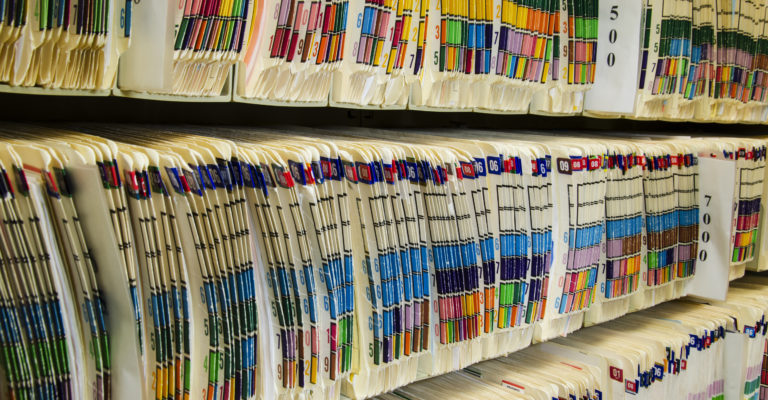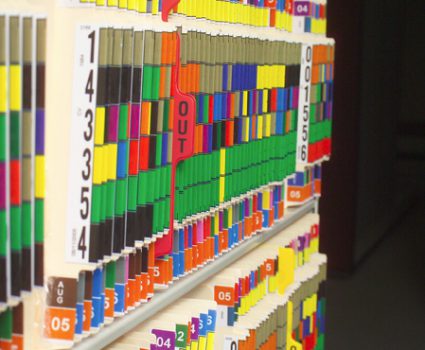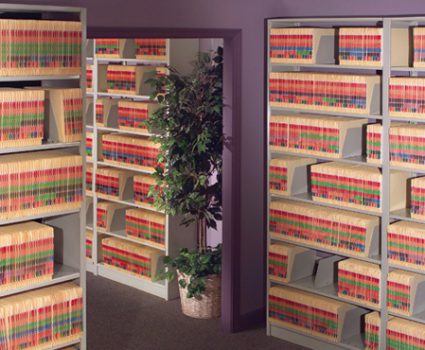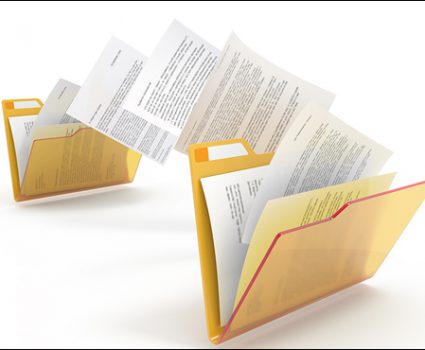
Six steps to improve your file classification- Part 2
In this two-part post we share six steps you can take to improve your current file classification process. In part one we shared insights about where to begin your classification project, and strategies for effectively subdividing your files. In part two we discuss the importance of retention schedules and useful coding tools for your files.
Step 4 — Keep an eye on the clock
Every business activity and associated file collection will be subject to a range of legal and operational requirements determining when a files closes and how long it must be kept after it is closed.
Your organization should already have a records retention schedule or equivalent tool, which establishes these closure rules and retention periods. But it is not enough to just document these rules – you must be able to apply them to each file your organization creates.
Some basic steps to follow in building and implementing a retention-friendly filing system include:
- For each business activity included in the filing hierarchy, identify all legal and operational requirements applicable to records of that activity.
- In identifying subcategories (and possible sub subcategories) for each activity, be sure to include one level of subdivision which will allow you to group files based on the year in which the file closed.
- Consider setting up a separate storage area for closed or inactive files.
Step 5 — Bring it up to code
The records management industry has developed a number of coding systems over the years, but generally they all fall into one of three types:
- Alphabetic – Consisting entirely of letters
- Numeric – Consisting entirely of numbers
- Alphanumeric – Combination of both letters and numbers
Codes allow you to fit more information into as little space as possible and can be very helpful when designing a file label or naming electronic files.
Step 6 — Consider color-coding
Color-coded filing systems work by assigning standard colors to different data elements that make up a file label. This system works in direct conjunction with a structured coding system to realize the following benefits:
- locate a file more quickly and easily
- easily spot filing errors
- read files from a distance
- facilitate the arrangement of files by numeric or alphanumeric identifiers





